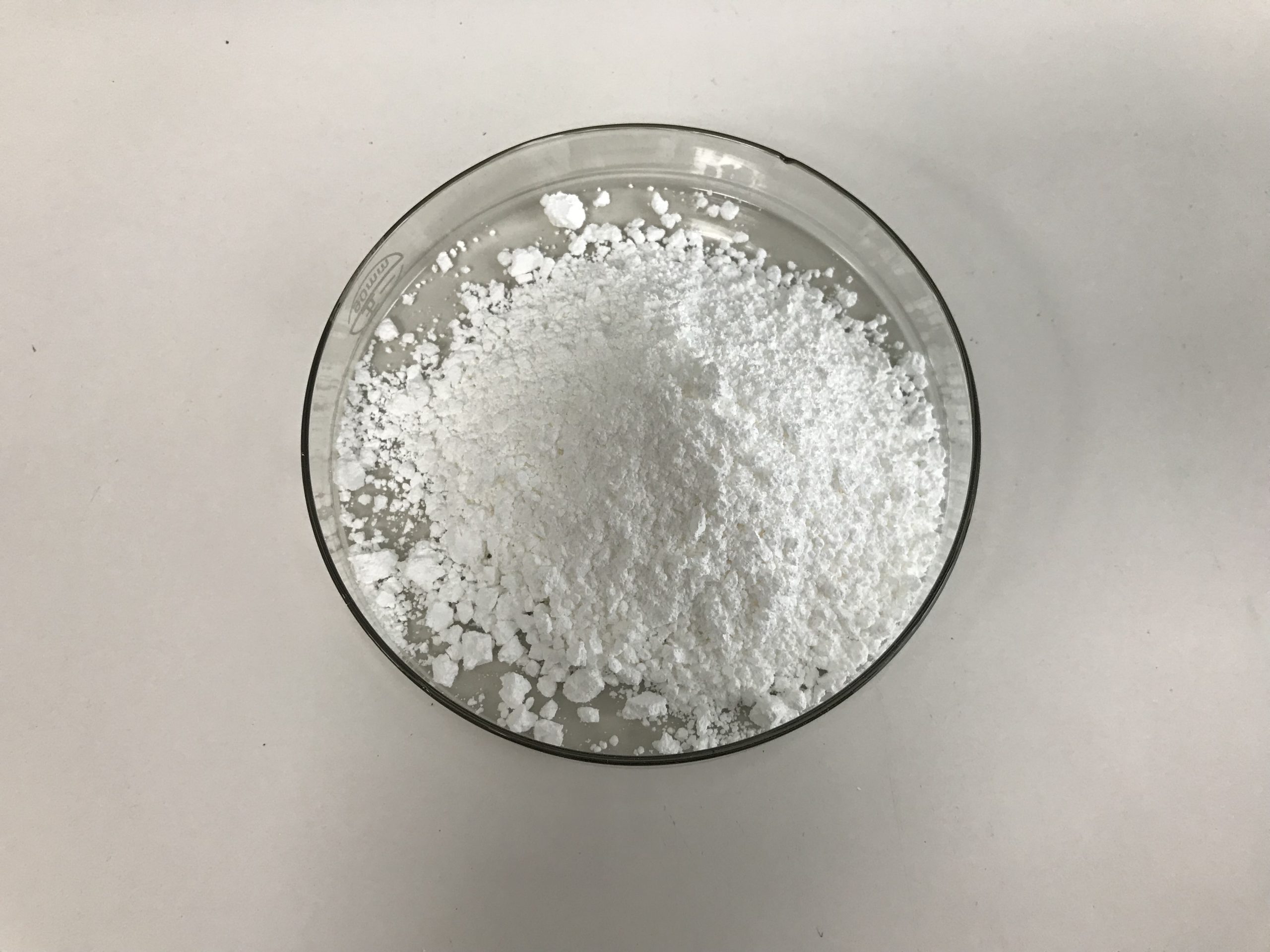Finasteride and dutasteride are both medications used to treat benign prostatic hyperplasia (BPH), which is an enlargement of the prostate gland in men that can lead to urinary symptoms. They also have another common use: treating male pattern baldness (androgenic alopecia).

Here’s a comparison of finasteride and dutasteride:
1. Mechanism of Action:
- Finasteride: It inhibits the activity of an enzyme called 5-alpha reductase, which converts testosterone into dihydrotestosterone (DHT), a hormone that contributes to the growth of the prostate gland. By reducing DHT levels, finasteride helps shrink the prostate and alleviate urinary symptoms.
- Dutasteride: Like finasteride, it inhibits 5-alpha reductase, but it inhibits both types (Type I and Type II) of the enzyme. This results in a more comprehensive reduction of DHT levels.
2. Efficacy:
- Dutasteride: Some studies suggest that dutasteride may be more effective than finasteride in reducing DHT levels and prostate size. However, this doesn’t always translate to significantly better symptom improvement in all patients.
3. Dosage:
- Finasteride: Typically, the dosage for treating BPH is 5 mg/day, and for treating male pattern baldness, it’s 1 mg/day.
- Dutasteride: The standard dosage for treating BPH is 0.5 mg/day.
4. Hair Loss Treatment:
- Both finasteride and dutasteride have been used to treat male pattern baldness (androgenic alopecia). However, finasteride is more commonly prescribed for this purpose due to its FDA approval specifically for hair loss treatment.
5. Side Effects:
- Both medications can cause similar side effects due to their impact on hormones. These may include reduced libido, erectile dysfunction, breast tenderness or enlargement (gynecomastia), and changes in ejaculation. Most of these side effects are reversible upon discontinuation of the medication.
- Dutasteride might be associated with a slightly higher risk of sexual side effects compared to finasteride, likely due to its more potent inhibition of both types of 5-alpha reductase.
6. Use in Women:
- Neither finasteride nor dutasteride are typically recommended for women, especially pregnant or breastfeeding women, due to their potential to affect the development of male fetuses. Women of childbearing potential should avoid contact with these medications.

7. Prescription and Medical Advice:
Both finasteride and dutasteride require a prescription from a medical professional. If you are considering either of these medications, it’s important to consult with a healthcare provider who can assess your specific medical condition and provide personalized recommendations.
In summary, both finasteride and dutasteride are effective options for managing BPH and male pattern baldness. The choice between the two depends on individual factors, such as the severity of symptoms, response to treatment, potential side effects, and the healthcare provider’s assessment. Always consult a healthcare professional before starting or changing any medication regimen.
